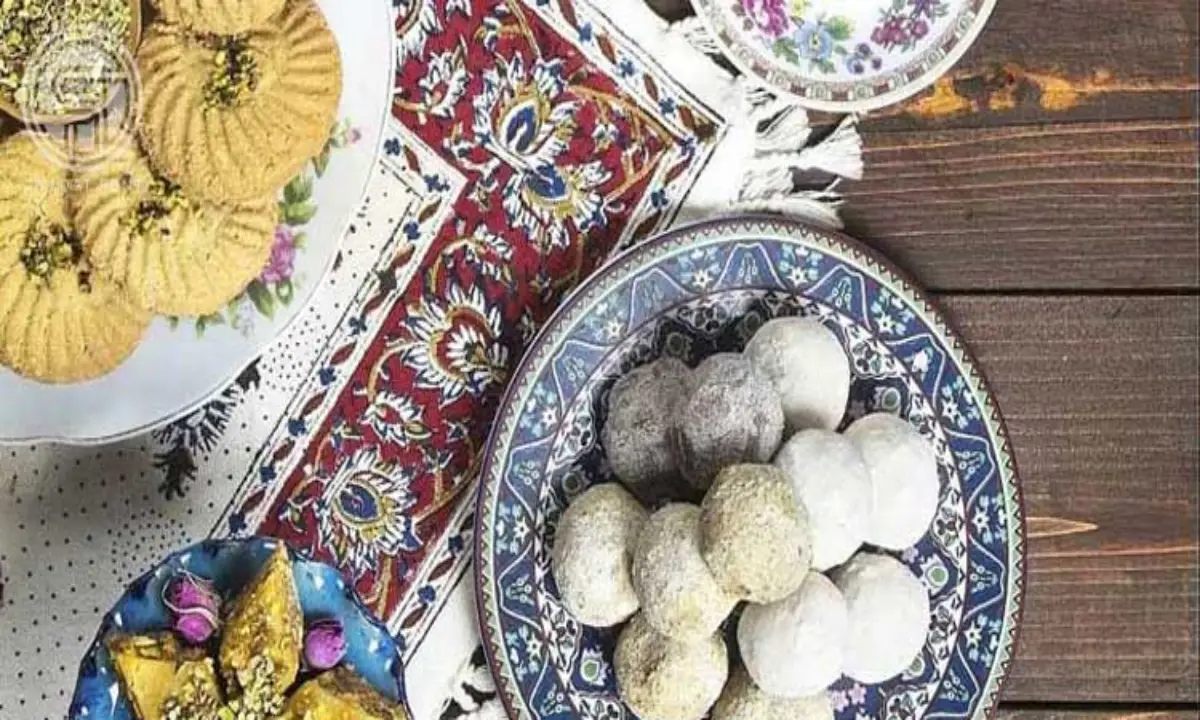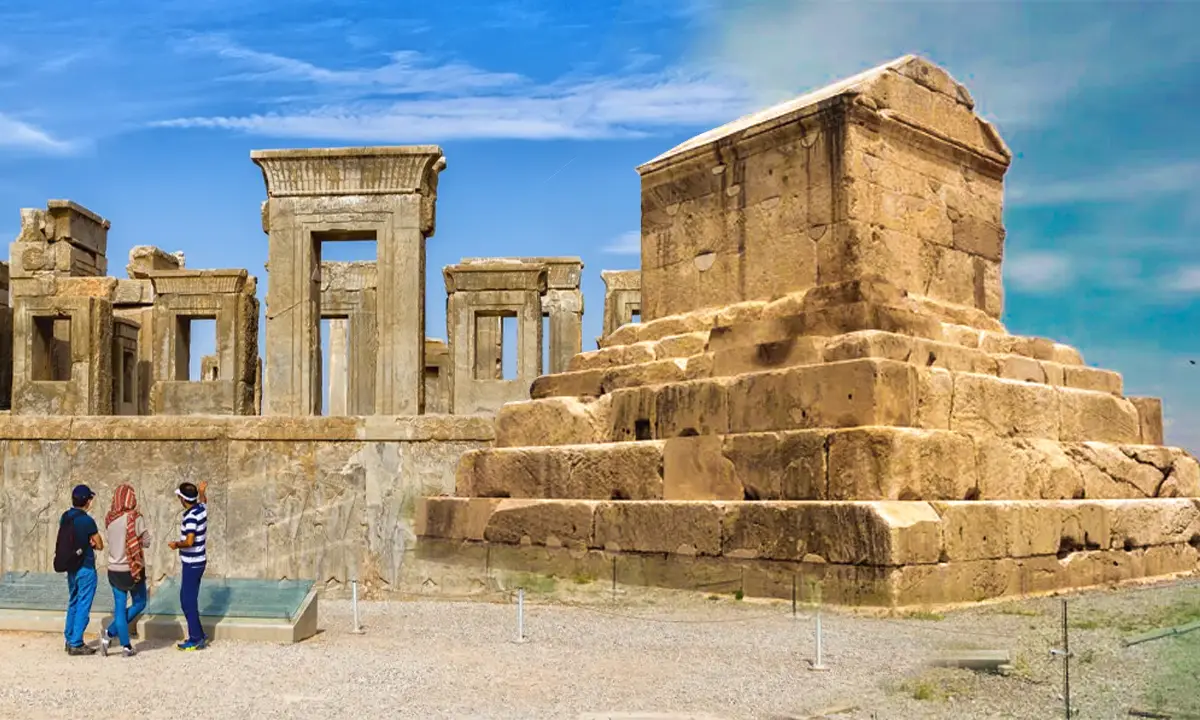Saadabad Complex in Tehran; the last residence of Pahlavi in Iran
![]() Author : asal | Date : Sunday 08 December 2024 16:34
Author : asal | Date : Sunday 08 December 2024 16:34
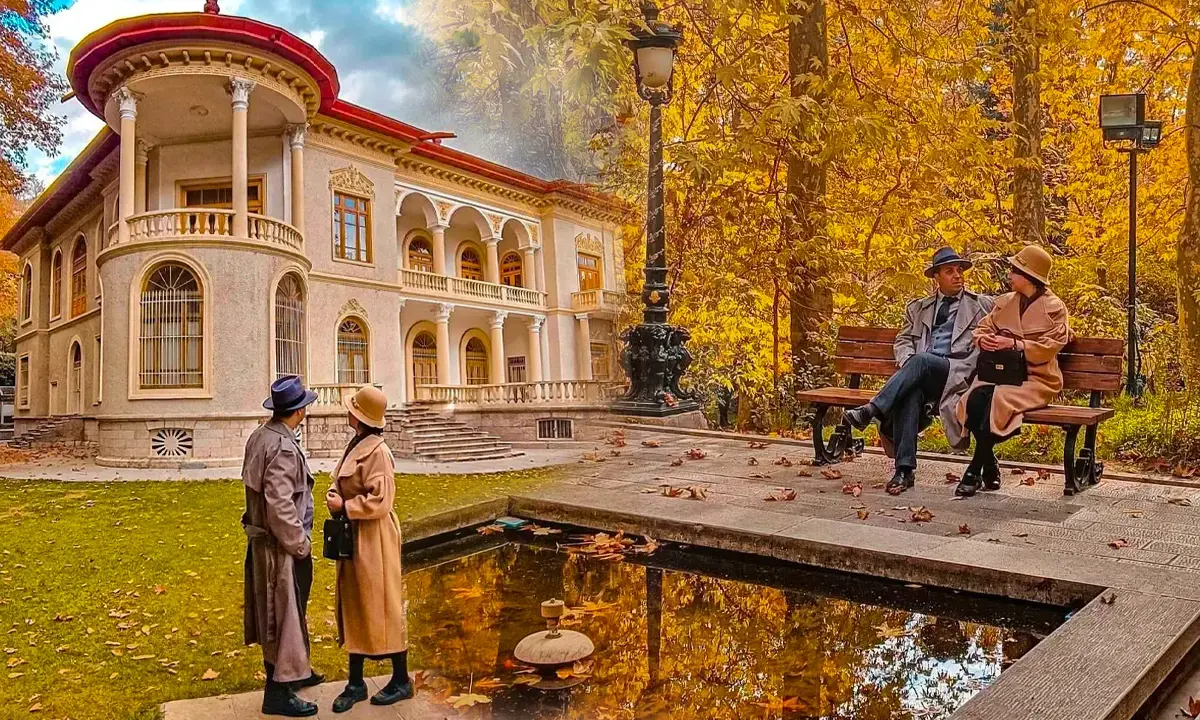
The Saadabad or Sa'dabad Complex, nestled in Shemiran, Greater Tehran, Iran, is a sprawling estate covering over 110 hectares, originally established by the Qajar and Pahlavi monarchs. Serving as a royal summer residence, this extensive compound, adjacent to the official residence of the President of Iran, is now a significant cultural and historical site.
About Saadabad Palace in Tehran
The Saadabad Cultural and Historical Complex, located in the northern part of Tehran, Iran, is a vast estate that served as a royal residence during the Qajar and Pahlavi dynasties. This complex, spanning over 300 hectares, is significant as a major cultural and historical site, housing multiple palaces, museums, and lush gardens. The purpose of this article is to explore the rich history, stunning architecture, and cultural importance of Saadabad, highlighting its transformation from a royal enclave to a public cultural center that preserves and showcases Iran’s heritage.
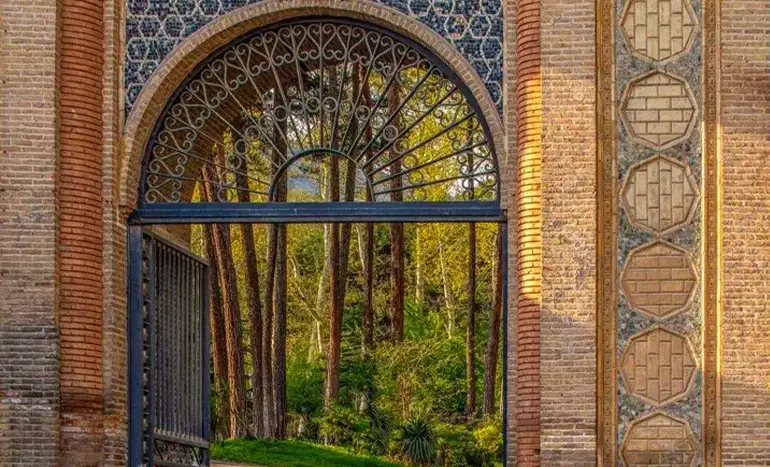
Where is Sa'dabad Palace Located?
The Sa'dabad Palace, also known as the Saadabad Complex, is located in the Shemiran area of Tehran, Iran.
- Address: Tehran Province, Tajrish, District 1, Taheri St, Iran
- Opening Hours: 09:00-17:00
- Contact: 021-22752031
Read More:✔️Top Things To Do in Iran
What is the History of Saadabad Complex?
The Saadabad Complex, located in the northern part of Tehran, Iran, has a rich history that mirrors the country's socio-political evolution. Initially established as a royal summer retreat during the Qajar dynasty, its importance surged under the Pahlavi dynasty in the 20th century when Reza Shah Pahlavi embarked on extensive developments to transform it into a luxurious symbol of modernity and power. This transformation included the construction of additional palaces and the conversion of the land into a sophisticated residential and ceremonial complex, highlighting the Shah's aspirations for a modernized Iran.
However, the 1979 Iranian Revolution marked a significant turning point, repurposing the complex from a private symbol of monarchy to a public space reflecting the Islamic Republic's values. The royal residences and palaces were transformed into museums and cultural centers, making the lavish lifestyle of Iran's former rulers and the country's rich cultural artifacts accessible to the public. This transition from a royal precinct to a public cultural hub signifies a broader reclamation and reinterpretation of space in post-revolution Iran, serving as a physical manifestation of the nation's journey from a monarchy to an Islamic republic.
Today, the Saadabad Complex is a testament to Iran's rich cultural heritage and complex history. It serves not only as a reminder of the country's monarchical past but also as a vibrant cultural and historical site where visitors can explore various museums dedicated to Iranian art, history, and society. Nestled amidst lush gardens and stunning architecture, the complex is a popular tourist destination that offers insights into the architectural grandeur and cultural depth of Iran, reflecting both continuity and change in the heart of Tehran. It embodies the country's dynamic identity, showcasing the interplay between its historical legacy and contemporary aspirations.
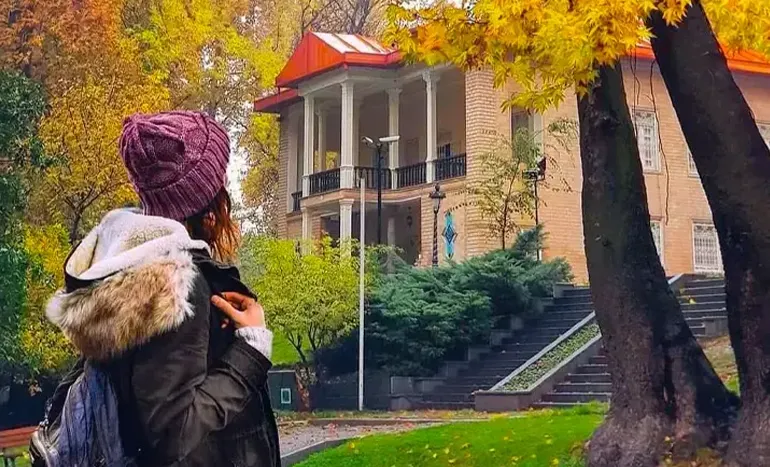
What to see at Saadabad Complex as a visitor?
The Saadabad Complex offers a glimpse into Iran's royal history with its lavish palaces and museums, set against beautiful gardens and streams. Visitors can immerse themselves in the rich cultural and architectural heritage of Iran through these key attractions:
- Mellat Palace museum (White palace)
- Green Museum Palace
- Royal Automobile palace
- Royal Clothing Museum
- Water Museum
- The national art garden (garden of Iranian Artists)
- House of Queen Mother
Mellat Palace Museum, A Glimpse into Royalty
The Mellat Palace Museum, formerly known as the White Palace, is one of the most prominent attractions within Tehran's Saadabad Complex. This majestic structure served as the summer residence for the Pahlavi dynasty and now stands as a museum that captivates visitors with its historical and architectural grandeur. Inside, the museum houses a rich collection of artifacts, royal furnishings, and artworks that offer insights into the luxurious lifestyle of Iran's last Shah. The opulent decor, from elaborate chandeliers to Persian carpets, alongside a well-preserved collection of Western and Iranian art, paints a vivid picture of Iran's royal past and cultural heritage. The Mellat Palace Museum is not just a testament to the extravagance of a bygone era but also a beacon of Iran's complex history and artistic achievements.
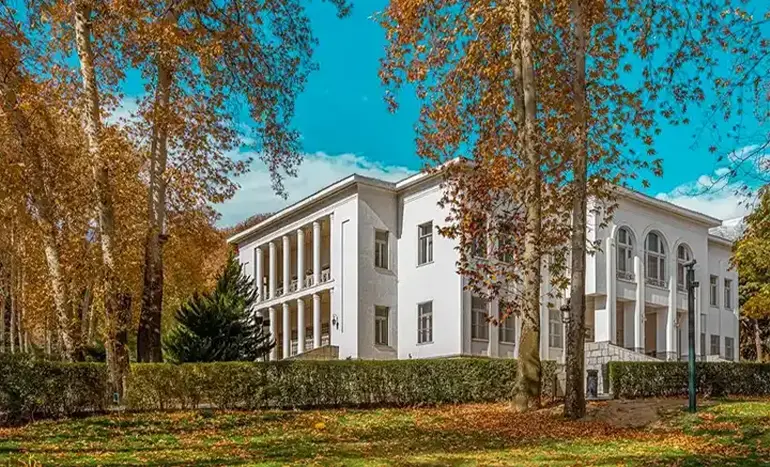
Green Palace Museum, Echoes of Elegance
The Green Palace Museum, nestled within the lush grounds of the Saadabad Complex in Tehran, stands as a testament to Iran's rich history and architectural beauty. Originally a royal residence, this striking edifice, characterized by its unique green marble facade, served as the home of Reza Shah Pahlavi. Today, it has been transformed into a museum that offers visitors a glimpse into the opulent lifestyle of Iran's royal past. The interior is adorned with exquisite furniture, decorative arts, and a collection of Persian carpets, showcasing the elegance and sophistication of the era. The Green Palace Museum not only preserves the legacy of the Pahlavi dynasty but also highlights the craftsmanship and artistic heritage of Iran, making it a must-visit for those seeking to understand the country's royal history and cultural depth.
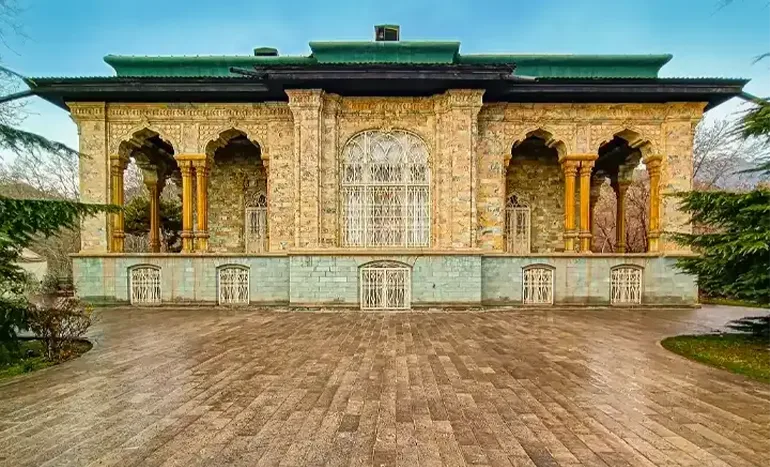
Royal Rides, The Splendor of the Automobile Palace
The Royal Automobile Museum, part of Tehran's expansive Saadabad Complex, offers a unique journey through the history of transportation as experienced by Iran's royal family. This museum showcases an impressive collection of vintage and luxury vehicles, ranging from classic Rolls-Royces to unique custom-made cars that once belonged to the Pahlavi dynasty. Each vehicle tells a story of its era, highlighting technological advancements and the luxurious lifestyle of Iran's former monarchs. The museum is not only appeals to car enthusiasts but also to those interested in the social and historical contexts surrounding these royal possessions. Walking through the Royal Automobile Museum provides a glimpse into the personal tastes and preferences of the Shahs, as well as the evolution of automotive design and innovation over the decades.
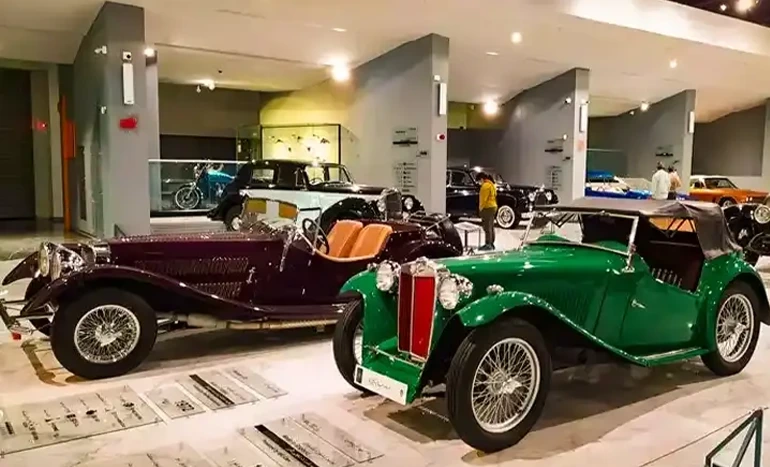
The Water Museum Unveiled, Flowing Through Time
The Water Museum, nestled within the lush landscapes of the Saadabad Complex, offers a deep dive into the ingenious water management systems that have sustained Iranian civilization for millennia. This museum highlights the significance of water in Iran's arid climate, showcasing traditional techniques like qanats (underground irrigation channels), water storage solutions, and architectural innovations designed to conserve and manage this precious resource. Through a collection of models, photographs, and historical documents, visitors gain insight into the evolution of water technology and its central role in the development of Persian gardens, agriculture, and urban planning. The Water Museum not only educates about the past but also emphasizes the importance of water conservation in the modern world, making it a fascinating visit for those interested in environmental history and sustainable practices.
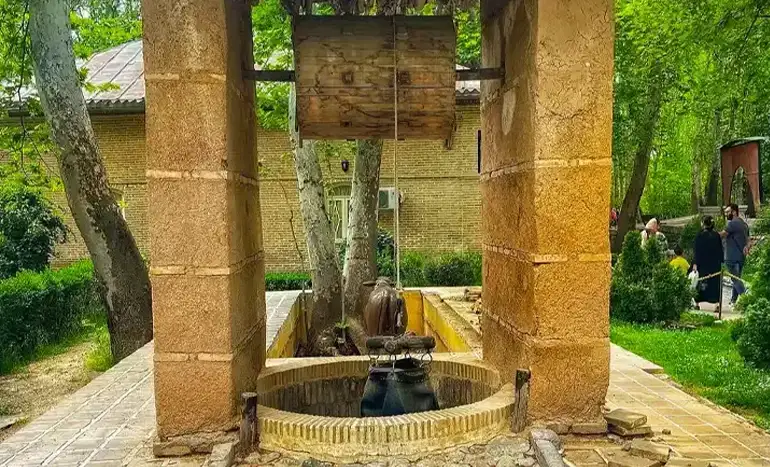
Iranian Artists' Oasis, Exploring the National Art Garden
The National Art Garden within the Saadabad Complex, often referred to as the Garden of Iranian Artists, is a serene and inspiring section dedicated to the celebration of Iranian art and culture. Situated amidst the lush landscapes and historical palaces of the complex, this garden is a testament to the creativity and heritage of Iran's artistic community. It serves as an open-air gallery where sculptures and artworks by Iranian artists are displayed among the natural beauty of trees, flowers, and water features. This tranquil space not only offers a visual feast for visitors but also provides a reflective environment where the fusion of art and nature can be appreciated. The National Art Garden in the Saadabad Complex is a must-visit for those looking to delve into Iran's contemporary artistic expressions within the historical context of its royal past.
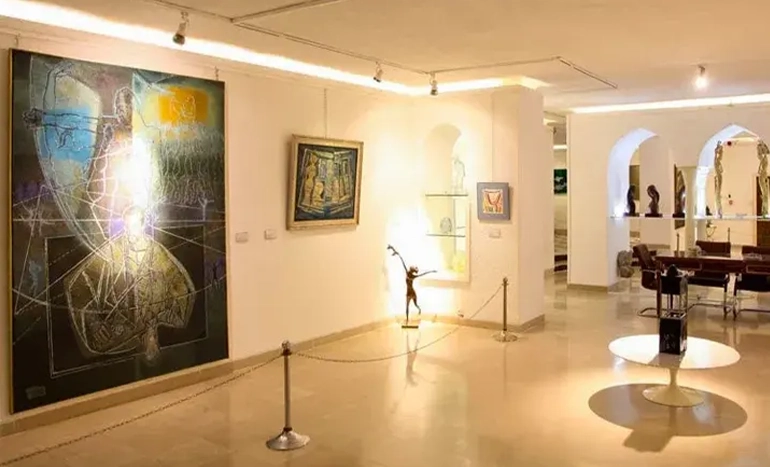
Queen Mother's House, A Saadabad Jewel
The House of the Queen Mother in the Saadabad Complex serves as a poignant reminder of the opulence and personal spaces of Iran's royal history. This residence, specifically designed for the mother of the last Shah of Iran, blends traditional Persian architectural elements with modern luxuries, reflecting the intersection of cultures and epochs. The interiors are meticulously preserved, offering visitors a glimpse into the private life of the royal family, with personal artifacts, photographs, and elegant furnishings on display. The house not only highlights the personal tastes and lifestyles of its inhabitants but also serves as a cultural repository, showcasing the blend of Iranian and Western influences that characterized the Pahlavi era. Visiting the House of the Queen Mother provides a unique insight into the nuances of royal domestic life, set against the backdrop of the Saadabad Complex's breathtaking gardens and palatial architecture.
As a visitor to the Saadabad Complex, immerse yourself in Iran's royal heritage and artistic brilliance by exploring its palaces, museums, and verdant gardens. This cultural oasis offers a unique window into the nation's history, architecture, and the lush natural beauty of Tehran.
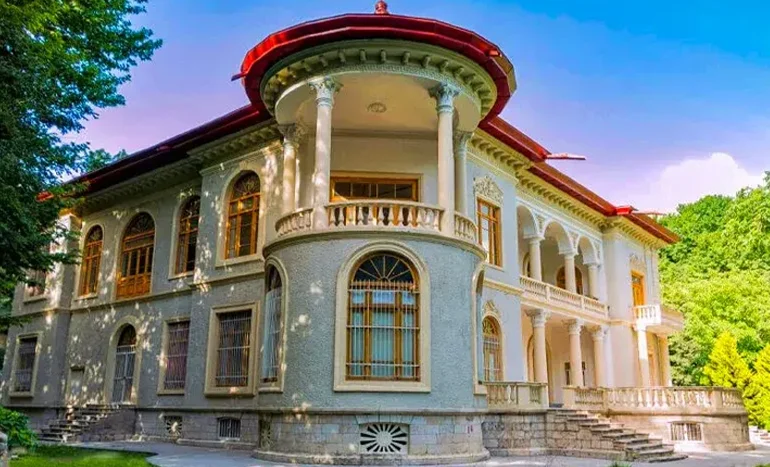
Royal Clothing Museum
The Royal Clothing Museum within the Saadabad Complex in Tehran showcases the grandeur of Iran's royal past through its extensive collection of royal garments, including the intricate wedding attire of Farah Diba. Situated in the northern Tehran, the Saadabad Complex, initially a royal summer residence, has grown to encompass 18 palaces turned museums, offering a glimpse into the luxurious lifestyle of Iran's monarchies. The museum, located in the Shams Palace, is a testament to the rich tradition of fashion and craftsmanship in Iran, highlighting both Qajar and Pahlavi dynasty eras. Accessible from various parts of Tehran, the Saadabad Palace complex is a cultural treasure trove set against the backdrop of Iran's scenic natural beauty, making it a must-visit for those interested in the country's rich heritage and royal history.
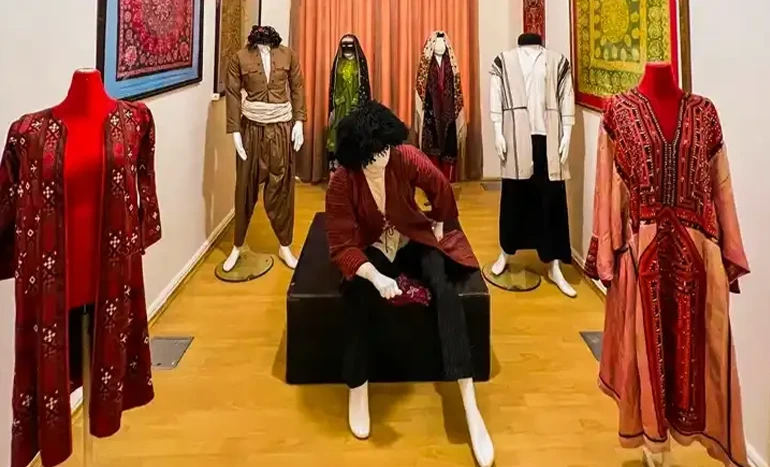
When should we visit the Saadabad complex?
There's no specific "best" time to explore the Saadabad Palace Complex, given its picturesque setting at the foothills of the Alborz Mountains in northern Tehran, which ensures pleasant weather throughout the year. Whether in the blossoming spring, the warm summer, the colorful autumn, or the crisp winter, Saadabad Palace offers a unique charm in every season. Do remember to bring a water bottle if you're visiting during the hot summer months. For those keen on photography or wishing to enjoy the lushness of the gardens, spring, and autumn provide the perfect backdrop with vibrant flora and cooler temperatures.
What is the Saadabad Entry Fee?
Local visitors to the complex are subject to an entrance fee ranging from 3,000 to 20,000 Tomans, with additional optional fees for museum access. For international guests, entrance and optional museum fees vary between 50,000 to 100,000 Tomans, approximately equivalent to 1 to 3 US dollars based on current exchange rates.
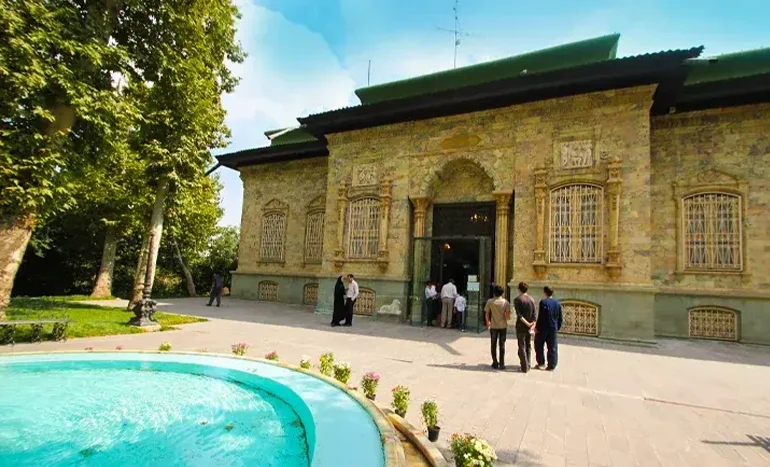
What are the hotels and restaurants near the Saadabad complex?
Near the Saadabad Complex, there's a good selection of hotels ranging from luxury to more budget-friendly options, offering guests a variety of amenities and comfortable accommodations. These hotels typically provide easy access to the complex and other attractions in Tehran. Additionally, the area boasts a variety of restaurants that cater to all tastes, from traditional Iranian cuisine to international dishes, ensuring visitors have plenty of options for dining out. The vicinity of the Alborz Mountains also means some venues offer scenic views, enhancing the dining and staying experience.
Hotels near Saadabad Complex
- Zaferanieh Diamond Hotel
- Wisteria Hotel Tehran
- Park Way Hotel Tehran
- Bani Apartment Hotel Tehran
- Esteghlal Hotel Tehran
- Sepehr Apartment Hotel
- Valiasr Hotel Tehran
- Parsian Azadi Hotel
- Diamond Azadi Hotel
- Evin Hotel Tehran
- Ronya Apartment Hotel Tehran
- Eskan Alvand Hotel Tehran
Restaurant and café of Saadabad complex
- Saadabad Café
- KIP LIK café and restaurant
- White Gilaki Fish restaurant
Last word
The Saadabad Complex, located in the serene foothills of Tehran's Alborz Mountains, represents a significant chapter in Iran's history as the last residence of the Pahlavi dynasty. This sprawling estate, with its lush gardens, multiple palaces, and museums, offers a unique glimpse into the luxurious lifestyle of Iran's former royal family, while also serving as a cultural and historical hub for visitors today. The complex's transformation from a royal residence to a public museum complex underscores the country's rich heritage and the pivotal changes in its political landscape. As such, the Saadabad Complex stands not just as a reminder of the Pahlavi era but as a testament to Iran's enduring cultural legacy and its journey toward embracing a future that respects its past.
FAQ
Frequently asked questions.
What is the significance of the Saadabad Complex in Tehran?
The Saadabad Complex holds historical significance as the last residence of the Pahlavi dynasty in Iran. It showcases the luxurious lifestyle of Iran's last royal family and serves as a cultural and historical site, with its multiple palaces and museums set amidst lush gardens, reflecting Iran's rich heritage and the changes in its political landscape over the years.
Can visitors tour all the buildings within the Saadabad Complex?
Yes, visitors can tour many of the buildings within the Saadabad Complex. These have been converted into museums that display art, royal artifacts, and historical documents, offering insights into the royal and cultural history of Iran. However, it's wise to check in advance as some buildings may have varying visiting hours or be closed for maintenance.
How much time should I allocate for a visit to the Saadabad Complex?
To fully appreciate the Saadabad Complex and explore its museums, gardens, and palaces thoroughly, it's recommended to allocate at least half a day. Some visitors may choose to spend a full day to immerse themselves in the site's rich history and natural beauty.
Are there any special recommendations for visiting the Saadabad Complex during the summer?
Given Tehran's hot summer temperatures, it's advisable to carry water when visiting the Saadabad Complex during these months. Early morning or late afternoon visits are recommended to avoid the midday heat. The complex's gardens offer shade and a cooler environment, making summer visits pleasant with the right precautions.



.webp)
